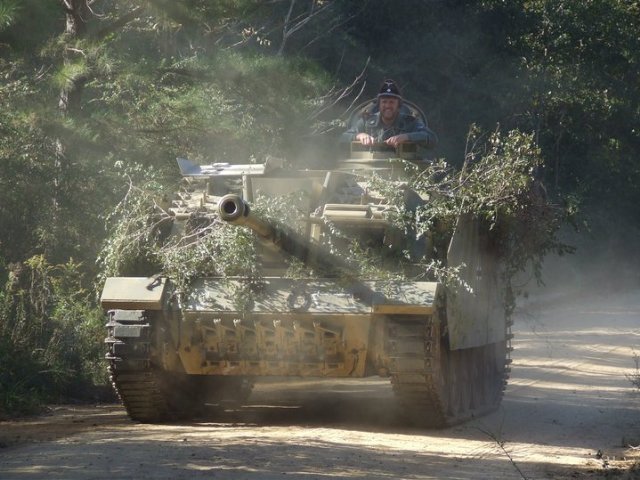The West Point class of 1967 started out as part of America’s privileged baby boomer generation who suddenly found themselves thrust into the turmoil of the Kennedy assassination, social unrest, and the Vietnam War.
Jordon Kronick’s “Into Harm’s Way,” screened earlier this week at the G.I. Film Festival. It is a proud, heartfelt and introspective look at the young men who chose a professional army officer’s career path without anticipation of war, knowing that the possibility is always somewhere on the horizon.
In 1963, 866 first-year cadets started their education and dedication to duty for country at the U.S. Army Military Academy. By late spring of 1967, only 583 would actually graduate. It takes a special person to willingly commit to the precise regimen of military discipline, intensive academics, physical training, combat readiness, and extra curricular activities that are part of Academy life.
For the class of 1963, the impact of the Gulf of Tonkin resolution and the escalation of the Vietnam War added life and death intensity to a commitment most young Americans of the time would find hard to relate to.
“Into Harm’s Way” shows just how willing almost all of them were to meet the challenge. Of the almost 600 young officers commissioned that year, 145 would be wounded in action — some severely. Another 330 would receive awards for valo,r and 30 paid the ultimate price in service of country.
Yet, one of their brethren gets the cushy assignment of being an aide to a general assigned to Berlin. It turns out to be his undoing. As the Vietnam War grows in intensity, he begins to buy into the one sided anti-military attitude of the American press. Within a year of graduating from the Academy, he becomes so disillusioned with the brutal reports on the war he reads in the New Yorker magazine that he resigns his commission and, in effect, become “a man without a country.”
Disowned by his family and cut off from friends, fellow cadets, and fellow countrymen, he stays in Germany for more than 40 years. Now in his 60s, he regrets his decision, as he believes he should have gone to prison for backing out on his commitment to his country and fellow cadets.
One of the most affecting moments in the film is when another 1967 graduate returned to West Point last year and became a guide and interpreter on the beautiful grounds and cemetery over looking the Hudson River. It’s a magnificent setting, with an incredible and tangible connection to our military going, back to the early 1800s – a place where real heroes rest in peace.
The one place this former cadet cannot bring himself to visit is the section of the cemetery where his 30 comrades of the class of 1967 who died in Vietnam are buried. It is as touching and heartfelt a moment as you will ever see in any documentary.
“Into Harms Way” is a film that inspires, educates and brings humanity, loss, and dignity to the West Point graduates’ commitment, way of life, and sacrifices.
Tino Struckmann’s “Red Rose of Normandy” is a straight up, full-length action war film and love story from a different perspective – the German, but not the Nazi, side of World War II.
As director, writer and actor, Struckmann gives audiences some spectacular footage, all shot here in the U.S., of World War II battles including tank warfare, armored car columns, artillery barrages, and hand to hand combat. This kind of footage wouldn’t have been possible without the assistance of a number of highly motivated and generous World War II collectors and re-enactors from several different states who lent vehicles, equipment, weapons, and their own time to be a part of the production.
In the Q & A after the screening, the GI Film Festival’s own Major Laura-Law Millett praised Struckmann, saying the movie, “looks like a major Hollywood, multi-million dollar production.”
Struckmann manages to blend action scenes and locations often shot in two and even three different states seamlessly, utilizing locals who actually look like they are from Europe circa 1944. This is all the more amazing when you find out that the whole film was done on a budget of less than $150,000.
This is the third World War II action drama that Struckmann had made in this minimal but exciting action format. Several more are on the way, including “Blood of a Nation” and “Sdanka’s War” – both projects wherein the filmmaker hopes to up the ante in story-telling and more spectacular production values.

COMMENTS
Please let us know if you're having issues with commenting.